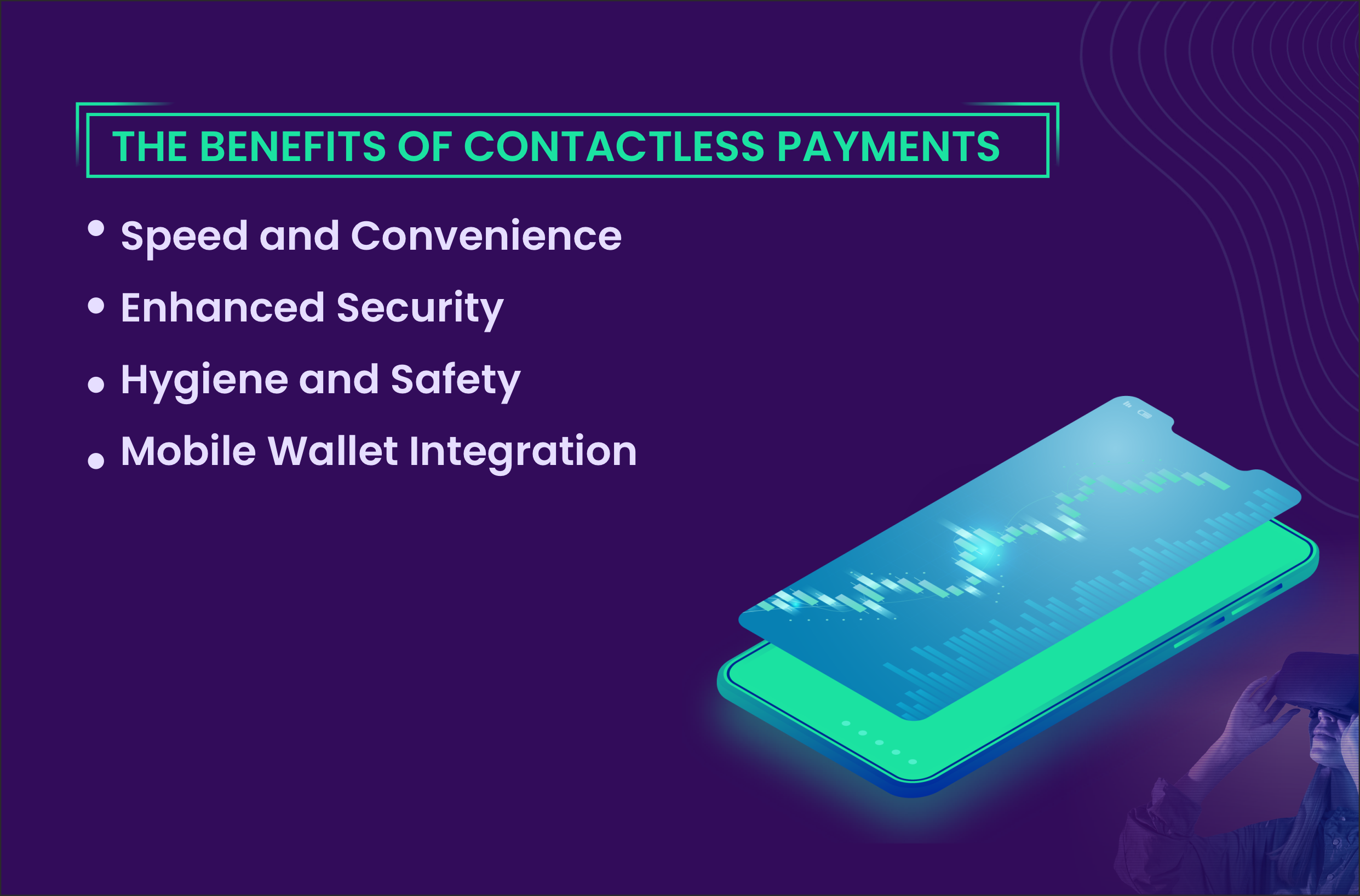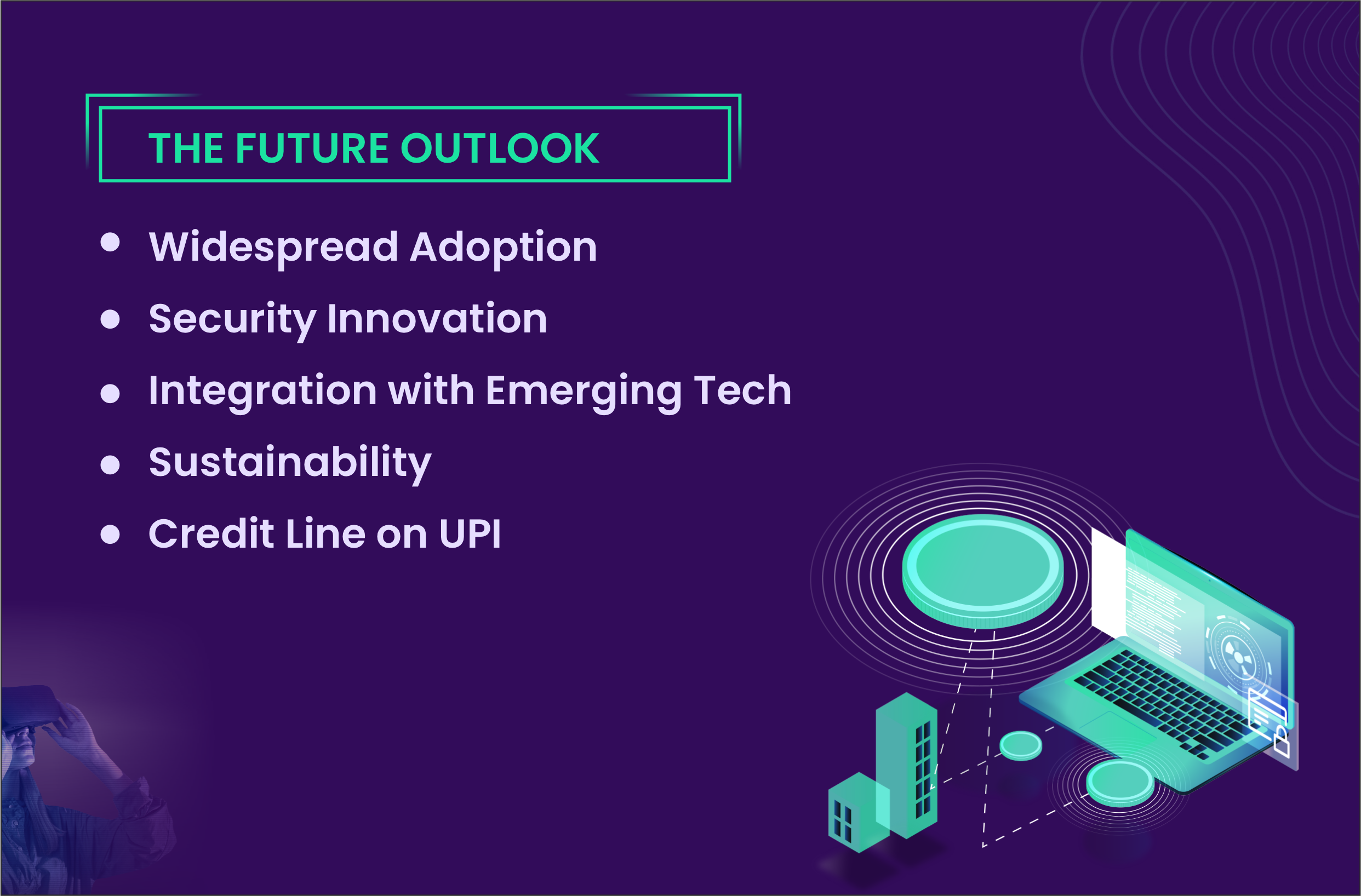The Future of Credit Card Transactions in India: Embracing the Contactless Revolution
As India advances in its digital transformation journey, the payments landscape is rapidly evolving. Over the past decade, driven by smartphones and government initiatives like Digital India, the financial ecosystem has seen significant shifts. One of the most notable changes is the increasing adoption of contactless payments, especially in credit card transactions. Unified Payments Interface (UPI), mobile wallets, and contactless payments are at the forefront of this revolution.
Contactless payment methods such as tapping cards at POS terminals (up to ₹5000), National Common Mobility Cards (NCMC) for transit, and mobile wallets like Google Pay and Apple Pay have made transactions faster and more convenient. Globally, this trend is gaining traction across sectors like retail and public transport, further enhancing the payment experience.
The Benefits of Contactless Payments

- Speed and Convenience: Faster transaction times improve the shopping experience, especially in busy cities.
- Enhanced Security: Each transaction uses encrypted, unique codes to reduce fraud risk.
- Hygiene and Safety: Less physical contact promotes hygiene, particularly important post-pandemic.
- Mobile Wallet Integration: Contactless cards easily integrate with mobile wallets, adding flexibility to payments.
Adoption in India
In cities like Mumbai, Delhi, and Bengaluru, contactless payments are gaining momentum, with retailers and public transportation adopting NFC-enabled terminals. While rural uptake is slower, government-led digital literacy and financial inclusion initiatives are helping drive adoption in underserved areas.
Safety and Security Perceptions
The Reserve Bank of India (RBI) has implemented guidelines to enhance contactless payment security, such as setting transaction limits and mandating two-factor authentication for higher amounts. Financial institutions and payment providers are actively educating consumers on encryption and tokenization to ensure their financial data is secure. Additionally, advancements like biometric authentication and dynamic CVV codes further bolster the security of these transactions.
The Future Outlook

- Widespread Adoption: Contactless payments will continue to grow in popularity across both urban and rural areas.
- Security Innovation: New technologies and stricter regulations will strengthen the safety of these transactions.
- Integration with Emerging Tech: Contactless payments will merge with technologies like blockchain and IoT, enhancing their functionality.
- Sustainability: The industry is adopting eco-friendly practices, from digital receipts to green card materials.
- Credit Line on UPI: An emerging trend is the integration of credit lines with UPI, allowing users to make UPI transactions using a pre-approved credit line without needing a physical card. CARD91’s Credit Line Management System enables banks to manage these credit lines effectively, leading the next wave in digital banking.
Conclusion
Contactless payments are set to shape the future of credit card transactions in India. Their advantages—speed, convenience, and security—are well-suited to the needs of modern consumers. As the digital payments ecosystem evolves, embracing contactless methods will contribute to a safer and more efficient financial landscape, making the future of credit card transactions both seamless and secure.




